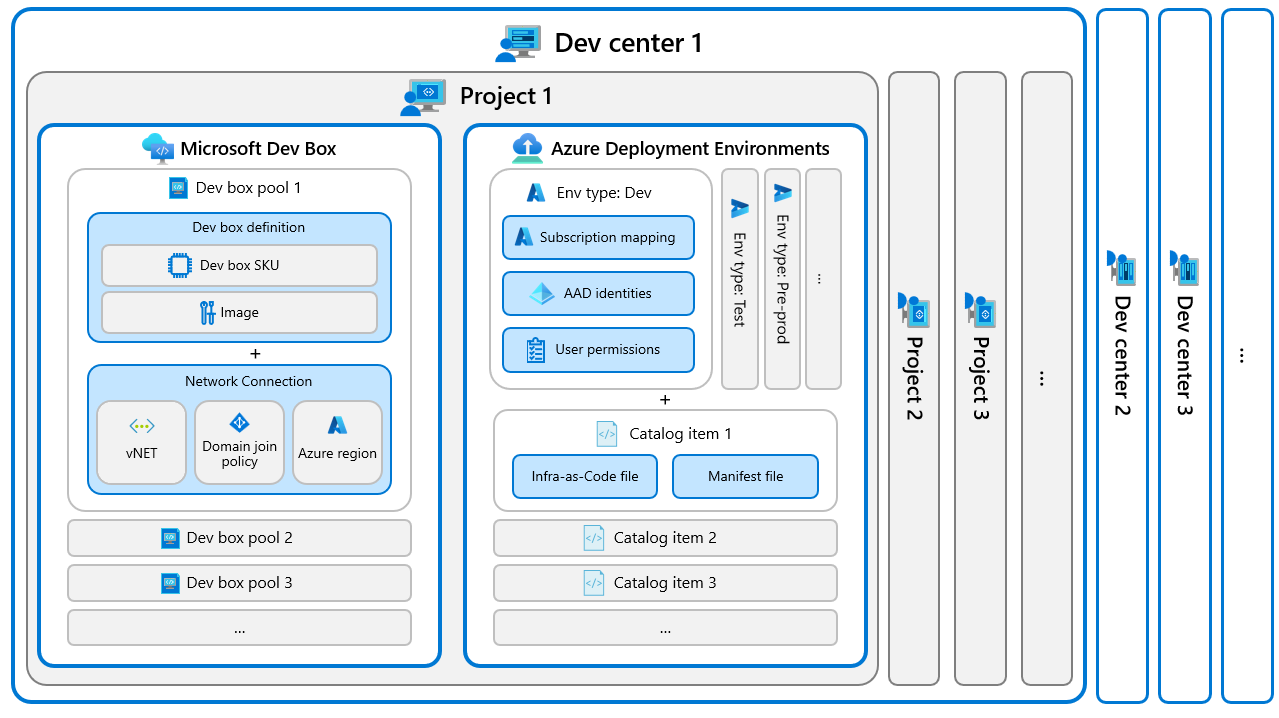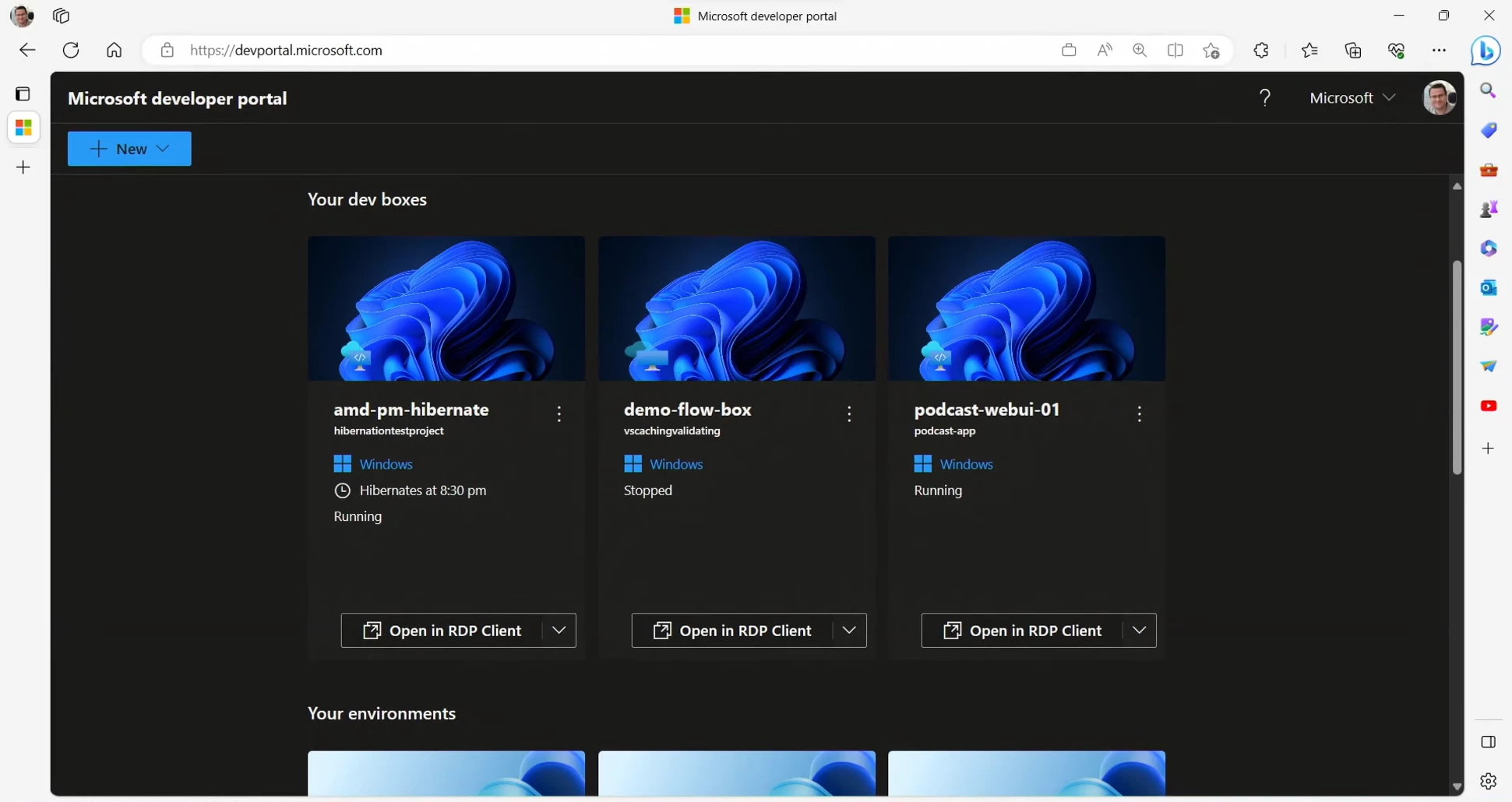Microsoft recently announced the general availability (GA) of Microsoft Dev Box, a service providing developers access to preconfigured and centrally managed dev boxes.
The company first announced Microsoft Dev Box last year at their build conference as a solution for hybrid developer teams to have a central place to create code-ready developer machines. Similar to the recent GA release of Azure Deployment Environments, which allows development teams to create segregated instances centrally within Azure for deploying and managing applications in different stages, such as development, testing, and production.

Diagram of Dev Box and Deployment Environments (Source: Microsoft Documentation Dev Box)
With the GA release, developers can benefit from the latest features that optimize performance and better Visual Studio experience. The Microsoft Dev Box starts with Visual Studio 17.7, and when spun up, it provides auto-sign in and unified settings. Additionally, developers can look forward to built-in support and integrations for Dev Drive, which is, according to the company coming soon to boost disk performance and accelerate development workloads.
Furthermore, the GA announcement of Microsoft Dev Box stated that "instead of having to shut down dev boxes every time, developers can now hibernate their dev box and pick up later where they left off. This feature is available today in public preview." And the support of configuration-as-code YAML files that developers and dev leads can use to customize their Dev Box images further is currently in preview, according to a Microsoft Developer blog post.
The service offers three distinct roles to cater to various organizational needs. Firstly, an organization’s infrastructure admins are responsible for handling security policies, network configurations, and the management of dev boxes through Microsoft’s Endpoint management solution. The second role is dedicated to Dev team leads who can create customized pools of dev boxes for specific projects and tasks.
Lastly, the service supports developers with self-service access to on-demand dev boxes from enabled pools, ensuring flexibility and convenience. Additionally, the Azure Compute Gallery is a scalable platform for sharing base images and managing image versions within the Dev Box ecosystem, simplifying the creation of tailored workstations for teams and developers. Furthermore, there is a GitHub repo with custom images available.

Screenshot of the Developer Portal (Source: Microsoft Blog)
When asked by InfoQ about the general availability of Microsoft Dev Box, here is what Anthony Cangialosi, principal group product manager, Microsoft Dev Box, had to say:
Microsoft Dev Box builds on years of learning and innovation, which started with GitHub Codespaces, by delivering ready-to-code workstations so developers can focus on writing the code only they can write. The service is optimized around projects to match how developers work with enterprise security and control to scale to projects of any size.
In addition, Amanda Silver, a CVP of the Developer Division at Microsoft, tweeted:
It's ready! #MicrosoftDevBox GAs today! Over 10K MSFT devs use DevBox as project-specific, ready-to-code, workstations. Excited to see more devs power up with cloud-based DevBoxes for optimized DevEx so they can focus on code that only they can write.
Pricing of the dev boxes depends on usage and size, as it is available from 8 vCPUs with 32 GB of RAM and 256 GB of storage up to 32 vCPU with 128 GB of RAM with 2048 GB of storage; for more details, see the pricing page.